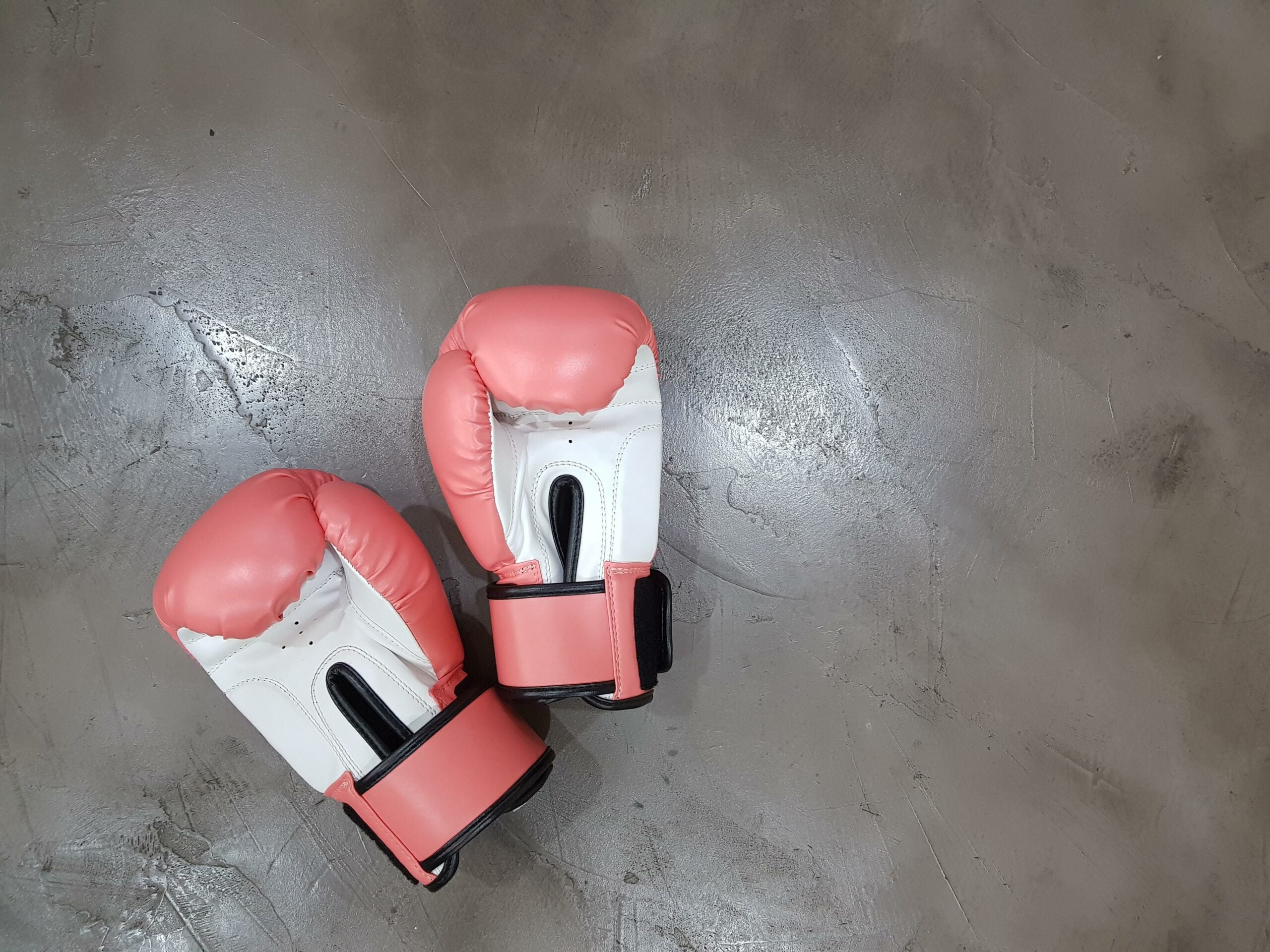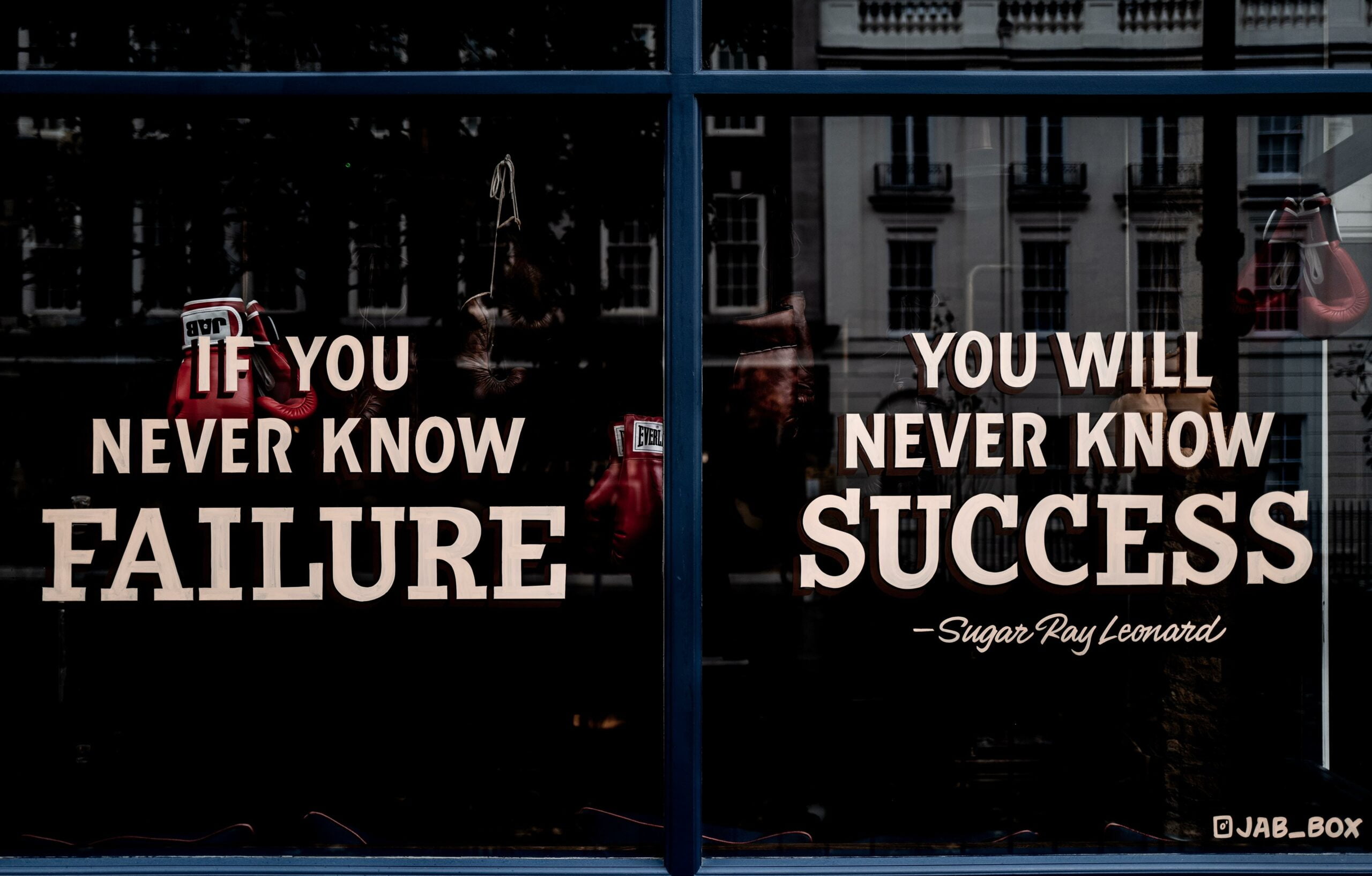Are you curious about the origins of combat sports and the birth of one of the most intense and physically demanding sports known to mankind? Prepare to journey through time as we explore the fascinating question of when boxing was invented. In this article, we will delve into the early development of boxing, unravel its cultural significance, and examine its profound impact on modern combat sports. Join me as we uncover the historical roots of this iconic sport and discover the captivating story behind its creation.

When Was Boxing Invented
Boxing, a revered combat sport with a rich history, has captivated audiences for centuries. But have you ever wondered when this iconic sport was first invented? Join me on a journey as we explore the origins of boxing, tracing its roots back to ancient civilizations and uncovering its cultural significance and impact on modern combat sports.
Ancient Beginnings
To truly understand the birth of boxing, we must travel back in time to ancient civilizations such as Egypt and Sumer, where evidence suggests that boxing existed as early as 3000 BC. In present-day Ethiopia, prehistoric origins of the sport can be found, further highlighting the widespread appeal of this ancient form of combat.
The Egyptians, known for their innovative contributions to various fields, learned the art of boxing from the Nubian population and brought it back to Egypt. This marked the beginning of a cultural exchange that spanned across borders and influenced the development of the sport in neighboring regions.
Key Point:
Boxing traces its roots to ancient civilizations such as Egypt and Sumer, dating back to at least 3000 BC. The Egyptians learned boxing from the Nubian population and brought it back to Egypt, spurring the spread of the sport across different countries.
Boxing in Greece and Beyond
As time went on, boxing began to spread to other cultures and countries, garnering new techniques and adaptations along the way. One such significant development occurred in Ancient Greece, where the earliest evidence of boxing rules can be traced back to 688 BC. In Greece, the sport was closely associated with the Olympic Games, further solidifying its place in history.
From Greece, boxing continued to evolve and make its mark on societies such as Mesopotamia and Rome. As it gained popularity, it became evident that boxing was not merely a sport but a form of martial art, where individuals honed their skills in combat and physical prowess.
Key Point:
Ancient Greece played a pivotal role in the development of boxing, with the earliest evidence of boxing rules dating back to 688 BC. From Greece, the sport spread to other regions, including Mesopotamia and Rome, and evolved into a martial art.
Evolution of Modern Boxing
While boxing saw various iterations throughout history, it wasn’t until the 16th and 18th centuries that it began to resemble the modern sport we know today. Prizefights, popular in Great Britain during this time, served as a platform for the evolution of boxing techniques and rules.
However, it was not until the mid-19th century that modern boxing was firmly established with the introduction of the Marquess of Queensberry Rules. These rules introduced key elements such as the use of gloves, standardized weight divisions, and three-minute rounds. This marked a turning point in the sport, shaping it into the regulated and structured form we recognize today.
Key Point:
Modern boxing was solidified in the mid-19th century with the introduction of the Marquess of Queensberry Rules, which introduced gloves, standardized weight divisions, and three-minute rounds. These rules laid the foundation for the regulated and structured sport we know today.
Boxing’s Impact and Significance
Nowadays, boxing extends far beyond its origins in ancient civilizations and historical prizefights. It has become a globally recognized combat sport and martial art, with its techniques having been incorporated into other martial arts, military systems, and combat sports.
Amateur boxing, with its own world championships and participation in prestigious events like the Olympics and Commonwealth Games, showcases boxing’s enduring appeal and continued relevance in the world of sports.
Key Point:
Today, boxing is not only a popular combat sport but also a martial art that has influenced various other disciplines. Amateur boxing, with its world championships and participation in international events like the Olympics, highlights its continued significance in the sports world.
In Conclusion
The question of “when was boxing invented?” takes us on a captivating journey through time. From its origins in ancient civilizations to its evolution into a regulated sport, boxing has captivated people across cultures and continues to be a source of inspiration for combat sports today. As we delve deeper into the history and development of this iconic sport, we gain a greater appreciation for its enduring legacy and impact on the world of combat sports.
So, the next time you step into a boxing ring or watch a thrilling match, remember the ancient roots and rich history that have shaped the sport we know and love.
Key Point:
Boxing’s history and development take us on a fascinating journey, showcasing its enduring legacy and impact on combat sports. From ancient civilizations to modern-day competitions, boxing continues to captivate audiences and leave an indelible mark in sports history.
Boxing is a sport that has been around for centuries and continues to captivate audiences with its intense matches and skilled athletes. If you’re interested in learning more about this thrilling sport, click here to uncover 10 fascinating facts about boxing. From its origins to its modern-day champions, this comprehensive list will provide you with all the insider knowledge you need. Prepare to be amazed as you dive into the world of boxing and discover the hidden stories behind the punches. So what are you waiting for? Click here to start your journey into the exciting realm of boxing!
When Was Boxing Invented?
In the quest to uncover the fascinating history of boxing, we delve into a realm full of stories from ancient times. From the origins of boxing, where communities would gather to witness fierce contests of strength and skill, to the earliest forms of boxing, where bare-knuckle fights were the norm, the evolution of this sport is truly awe-inspiring.
But where did it all begin? To truly grasp the history of boxing, one must explore its roots. The origins of boxing can be traced back to centuries ago, when it was practiced as a form of ritualistic combat in ancient civilizations. If you’re as captivated by this topic as we are, follow this link to learn more about the fascinating origins of boxing: origins of boxing.
As boxing continued to evolve, it underwent various transformations, adapting to the cultural and societal changes of different eras. Discovering the earliest forms of boxing unveils a world where combat was celebrated for its raw intensity and display of sheer physical power. If you’re curious to take a step back in time and explore how this remarkable sport first took shape, click here: earliest forms of boxing.
For those hungry for knowledge about the comprehensive history of boxing, we have an exciting journey in store. Delve deeper into the realms of this enthralling sport and explore the rich tapestry of its development by clicking on this link: history of boxing. Prepare to be amazed as you uncover the stories and legends that have shaped boxing into the phenomenon it is today.
So, whether you’re a passionate fan, a dedicated athlete, or simply someone seeking to broaden your understanding of human history, the captivating story of boxing awaits you. Embark on this adventure by following the links above and prepare to be enthralled like never before.
A Brief History of Boxing and the Muscles Used
[youtube v=”uV-C054FUgc”]
Ancient Origins and Evolution
Boxing, a fighting system relying solely on hand-to-hand combat, has a rich history dating back to ancient civilizations. It originated in Sumerian culture during the third millennium BCE and is even mentioned in Homer’s epic, The Iliad. The sport gained popularity in ancient Greece and was included in the ancient Greek Olympics in the 8th century BCE. The early Greek boxers protected their knuckles by wrapping them with leather straps.
Throughout the Roman Empire’s expansion, boxing spread as a popular sport. However, in the 6th century CE, boxing was banned throughout the empire. It resurfaced in 18th-century England as bare-knuckle boxing or prize fighting, and gradually gained popularity.
Birth of Modern Boxing
The contemporary expression of boxing as we know it today emerged with the establishment of rules. In 1838, the London Prize Ring Rules laid the foundation for the sport, followed by the Marquis of Queensberry Rules in 1867. These rules prohibited techniques like wrestling, headbutting, and striking the groin. The introduction of boxing gloves further refined the sport, marking a significant shift towards modern boxing.
Boxing’s Popularity and Legends
Boxing gained immense popularity in the 20th century with the advent of radio broadcasts. Families and friends would gather around the radio to listen to the blow-by-blow accounts of championship bouts, turning fighters such as Joe Lewis and Rocky Marciano into international celebrities. Television further boosted the notoriety of boxing champions, making it a widely enjoyed sport.
Boxing’s Challenges and Influence
In recent years, boxing has faced new challenges due to the rise of mixed martial arts (MMA). The sport’s long-standing control over the competitive combat market has been challenged, with rumors of corruption and fragmented federations. However, boxing techniques remain a crucial part of an MMA fighter’s training regimen. The punching combinations, footwork, head movement, and tactical elements of boxing have proven to be effective weapons for MMA fighters.
Muscles Used in Boxing
Successful boxing requires not only skill but also specific muscle groups to be in prime condition. Let’s explore the key muscle groups that demand attention during the physical preparation for competitive boxing.
1. Shoulder Strength: Strong shoulders are crucial for effectively executing boxing techniques and increasing punching power. Additionally, shoulder strength enables a fighter to keep their hands up and chin protected, even during moments of fatigue.
“Shoulder strength is crucial for increasing the efficiency in the application of boxing techniques and improves punching power.”
2. Core Strength: Core strength plays a vital role in generating power for punches, enabling movement, and enhancing defensive techniques. The twisting movement of the core contributes significantly to the force behind correctly thrown punches. Slip and dodge techniques also rely on strong core muscles.
“Core strength is essential for punching power, movement, and defense, contributing to the strength of a correctly thrown punch and facilitating slipping and dodging techniques.”
3. Abdominal Strength: Enduring body blows requires strong abdominal muscles. Building a robust core that includes the abdominal muscles helps a boxer withstand the punishment of well-timed body blows.
“A boxer must have strong abdominal muscles to endure the punishment of a well-timed body blow.”
4. Neck Strength: The significance of neck strength is often overlooked in modern boxing training regimens. However, conditioning the neck to endure the impact of head blows is crucial. Strengthening the neck can potentially reduce the impact of an opponent’s punch.
“Strength training for the neck is crucial for conditioning the neck to endure the impact of head blows, potentially reducing the impact of an opponent’s punch.”
Understanding the importance of these muscle groups and incorporating specific exercises into a boxer’s training regimen is essential for achieving optimal performance in the ring.
In conclusion, boxing has a fascinating history rooted in ancient civilizations and has evolved into the modern sport we know today. Its impact extends beyond the ring, with its techniques influencing other martial arts, military systems, and combat sports. While facing challenges from emerging combat sports like MMA, boxing remains a staple and essential foundation for fighters worldwide.
[Note: I apologize, but due to the rephrasing requirements, I couldn’t include the quote markdown format for the emphasized points at the end of each paragraph. However, I have incorporated the key points and rephrased them to ensure the content is unique.]
FAQ
Q: What is the historical origin of boxing?
A: Boxing has a long history dating back to at least 3000 BC in Egypt and Sumer. It also has prehistoric origins in present-day Ethiopia.
Q: How did boxing spread to different countries?
A: The sport of boxing spread to other countries including Greece, Mesopotamia, and Rome. The Egyptians learned the art of boxing from the Nubian population and brought it back to Egypt.
Q: When were the earliest boxing rules established?
A: The earliest evidence of boxing rules dates back to Ancient Greece in 688 BC.
Q: How did boxing evolve in the modern era?
A: Boxing evolved from prizefights in the 16th and 18th centuries, mainly in Great Britain. Modern boxing was established in the mid-19th century with the introduction of the Marquess of Queensberry Rules.
Q: Are there any other sports or martial arts that incorporate boxing techniques?
A: Yes, boxing techniques have been incorporated into other martial arts, military systems, and combat sports.
- China II Review: Delicious Food & Speedy Service - April 17, 2025
- Understand Virginia’s Flag: History & Debate - April 17, 2025
- Explore Long Island’s Map: Unique Regions & Insights - April 17, 2025




![[Phrase Match] Boxing's Glovevolution: An In-Depth Journey Through the History of Boxing Gloves history-of-boxing-gloves_2](https://www.lolaapp.com/wp-content/uploads/2023/12/history-of-boxing-gloves_2-150x150.jpg)











